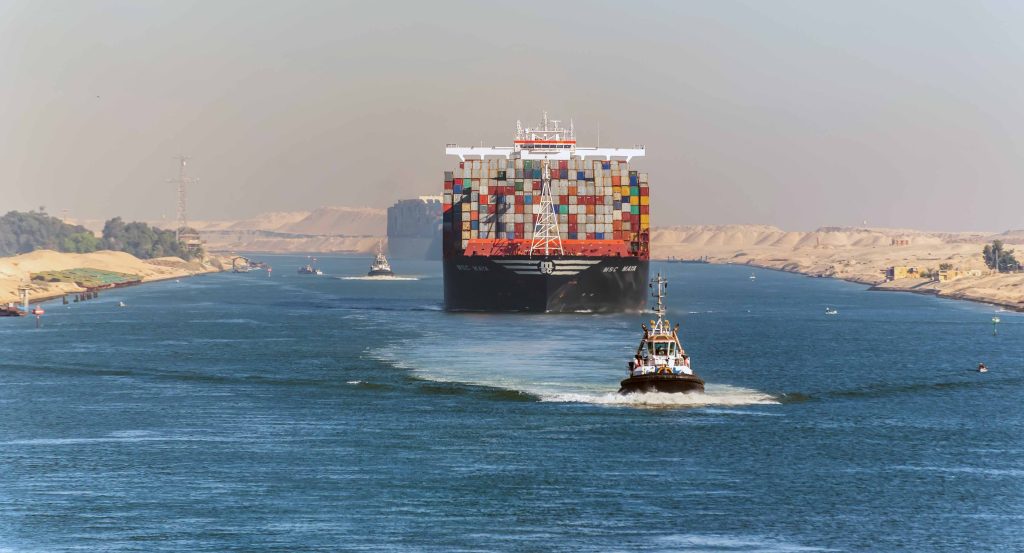Global shipping saw a 17.2% increase in TEU-mile demand in 2024 due to vessel diversions around the Cape of Good Hope, according to Xeneta. To counter longer transit times, the global fleet will expand by 4.5% in 2025, though at a slower growth than in 2024.
Despite lower consumer demand, the longer routes have kept freight rates high. Ocean freight costs have risen 241% from the Far East to the U.S. West Coast, 148% to Europe, and 112% to the Mediterranean compared to pre-Red Sea rates. This trend, alongside surcharges, suggests prices are likely to remain elevated.
Maersk and Hapag-Lloyd’s Gemini Alliance, commencing in February 2025, will continue to avoid the Red Sea until the region is secure. Xeneta’s Senior Shipping Analyst, Emily Stausbøll, expects diversions around Africa to continue into 2025 as there is no political resolution. It also makes for a volatile market, Stausbøll said. She suggested some China-affiliated carriers may opt to sail through the Red Sea. “This will create an interesting market dynamic if shippers have the option of a shorter transit time with Asian carriers via the Suez Canal or a longer transit time with European carriers around Africa.”
These diversions could expand logistics services and create new opportunities for alternative ports and near-shoring. In the U.S., most goods from Asia are now routed through West Coast ports, with increased reliance on rail for East Coast distribution.
Source: gCaptain

